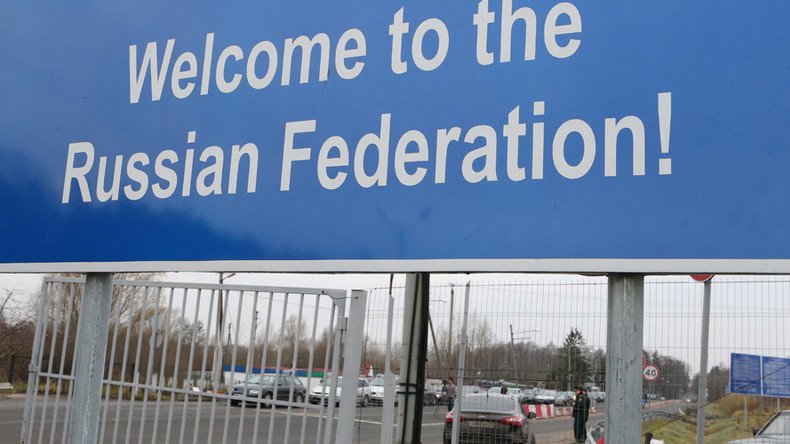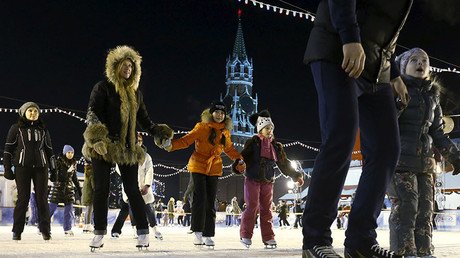Strengthening ruble boosts Russian imports

Russian imports surged 36.4 percent year on year in January, as the ruble strengthened significantly, becoming the world’s best-performing currency last year.
In the first month of the year, Russia imported $11.1 billion worth of products from non-CIS countries, by far the biggest amount since the escalation of the economic crisis in the country.
According to Russian customs data, imports of machinery grew by 45 percent to $5.27 billion, chemical products by 35.7 percent to $2.1 billion, and imports of clothing rose 27.8 per cent to $828.1 million.
“The strengthening of the ruble during the year increased the purchasing power of the population and entrepreneurs, who have accumulated a pent-up demand for high-quality imported products,” said Sergey Pukhov from the Russian Higher School of Economics (HSE), as quoted by Finanz.ru.
Year on year, the Russian ruble has gained over 24 percent against the US dollar, the biggest increase among all currencies.
Many Russian exporters, particularly agriculture producers, profit from a weaker ruble, and its strengthening hurts their business. At the same time, the HSE noted that 75 percent of Russian manufacturing depends on imports of machinery and technology, and a weak ruble significantly slashed production and exports. In the manufacture of transportation, electrical equipment, and construction materials there has been a 14-17.5 percent decline, while other industries including furniture saw a 25.7 percent fall.
READ MORE: Russia may not be in a rush to have sanctions lifted
On Tuesday, the Central Bank of Russia started buying dollars on the Moscow Exchange to replenish the country’s reserve fund, while oil prices are relatively stable at around $55 per barrel. The regulator will have bought about $1.9 billion by March 6.
Some analysts have noted this could force the ruble to drop from the current 59 against the dollar to about 63. Others said purchases by the central bank are just a fraction of the daily forex turnover on the Moscow Exchange, and it will not significantly affect the Russian currency.













